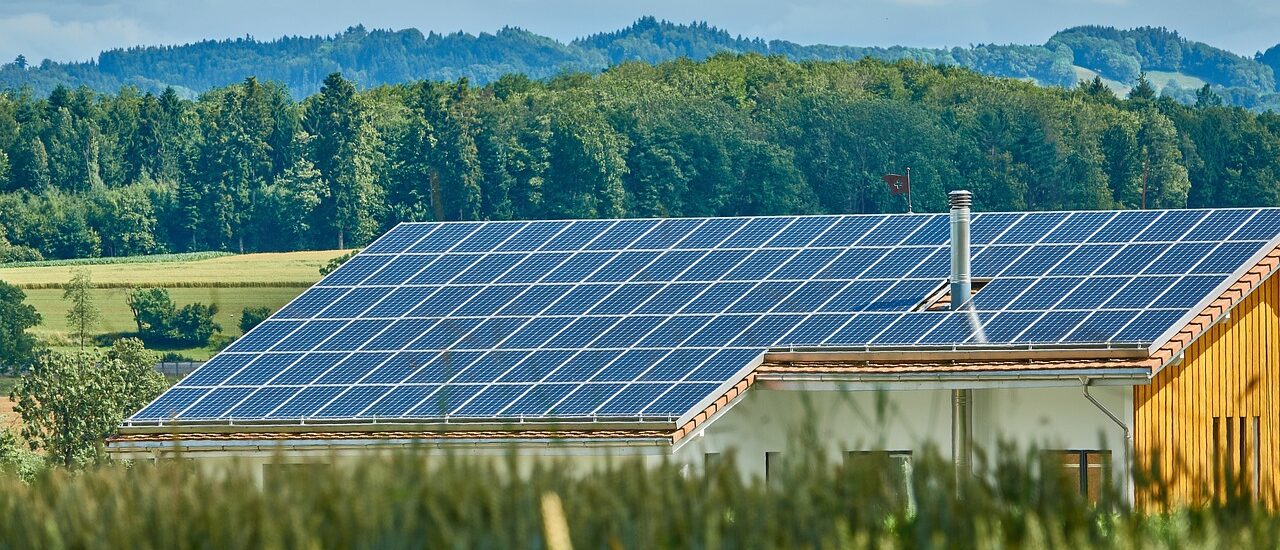Understanding the importance of environmental sustainability in housing is important to building safe and durable homes. At the Safe Homes Movement, we are committed to incorporating sustainable practices into our community development projects. By doing so, we not only improve the quality of life for families in Peru and Ecuador but also ensure that our interventions are environmentally responsible and help protect the planet. Let’s take a look at how eco-friendly materials and practices can transform housing making it about both safety and sustainability.

What is Sustainable Housing?
When we ask, “What is sustainability?” when it comes to housing, we’re talking about practices that ensure homes are built in a way that is both environmentally and socially beneficial. Sustainable housing uses methods and materials that are resource-efficient and environmentally friendly throughout the home’s lifecycle—from construction to renovation and beyond.
These practices are not just about reducing the impact on the earth but also about creating healthier living spaces for residents. By integrating environmental sustainability into building designs, sustainable housing can reduce waste, lower energy consumption, and minimize the carbon footprint. This leads to cleaner air and water, less waste, and a better quality of life for everyone involved.

Eco-Friendly Materials and Practices
While using eco-friendly materials in construction is good for the planet, it also plays a role in enhancing the safety and durability of homes. Choosing sustainable building materials like bamboo, recycled steel, and insulated concrete can make structures more energy-efficient and more resistant to environmental stresses.
Bamboo, for example, is not only sustainable but also extremely strong and flexible, making it an excellent choice for construction in earthquake-prone areas. Recycled steel helps reduce waste in landfills and uses less energy in production than new steel. Insulated concrete forms boost energy efficiency, keeping homes warmer in the winter and cooler in the summer, which can significantly reduce heating and cooling costs. By choosing these materials, we contribute to a more sustainable environment, ensuring that our buildings are safe, enduring, and less harmful to the earth.
The Importance of Environmental Sustainability
Embracing the importance of environmental sustainability in housing offers so many long-term benefits that go beyond just saving on costs. Sustainable housing significantly reduces the impact on the environment by using materials and technologies that minimize waste and decrease energy consumption.
Energy efficiency is at the heart of sustainable housing. Homes built with energy-efficient designs and appliances use less energy for heating, cooling, and lighting compared to standard homes, which plays a role in lowering utility bills and reducing their overall carbon footprint. This sustainable approach ensures that houses are not just economical to maintain but also contribute to a healthier planet by emitting fewer greenhouse gasses.
Also, sustainable homes often incorporate renewable energy sources like solar panels, which can further drive down costs and the environmental impact. The combination of these factors makes sustainable housing a smart, forward-thinking choice that benefits both homeowners and the environment.
Overcoming Challenges in Sustainable Housing Development
Implementing sustainable practices in housing does come with its challenges, especially when it comes to resource availability and the initial costs of sustainable materials and technologies. These obstacles, however, can be transformed into opportunities for innovation and community engagement.
Limited access to eco-friendly resources often pushes developers and communities to be more innovative which can lead to new solutions that make sustainable housing more accessible and affordable. For instance, local materials that are naturally sustainable can be used to reduce transport costs and carbon emissions.
Plus, involving the community in the planning and building process helps spread awareness about the benefits of environmental sustainability and creates a sense of ownership and pride in the results. This engagement not only educates but also empowers communities, creating a more sustainable environment where everyone has a role to play in conservation. Such collaborative efforts pave the way for more resilient and adaptable housing strategies in the future.
The Safe Homes Movement’s Approach to Sustainability
The Safe Homes Movement understands the importance of environmental sustainability and factors this into every project, whether it’s building staircases, developing parks, or renovating homes. By choosing materials and methods that are both eco-friendly and durable, Safe Homes ensures that its projects are sustainable and also safe and long-lasting. For example, in staircase construction, materials are selected for their low environmental impact and high durability to withstand the elements, ensuring safe access for years to come.
In park developments and home renovations, the use of sustainable techniques and local materials minimizes environmental footprints while enhancing community well-being. This commitment is central to creating environments that support both the current and future needs of the communities.
Embracing the importance of environmental sustainability is important for building communities that are safe, resilient, and sustainable. The Safe Homes Movement is committed to this vision and implements sustainable practices across all projects to ensure that their developments are both thoughtful and effective.
To learn more about how sustainable practices are applied in real-world scenarios and to get involved with the Safe Homes Movement, download our brochure today! Join us in making a real, meaningful impact on communities while promoting environmental stewardship, and taking care of the planet that we all share.








